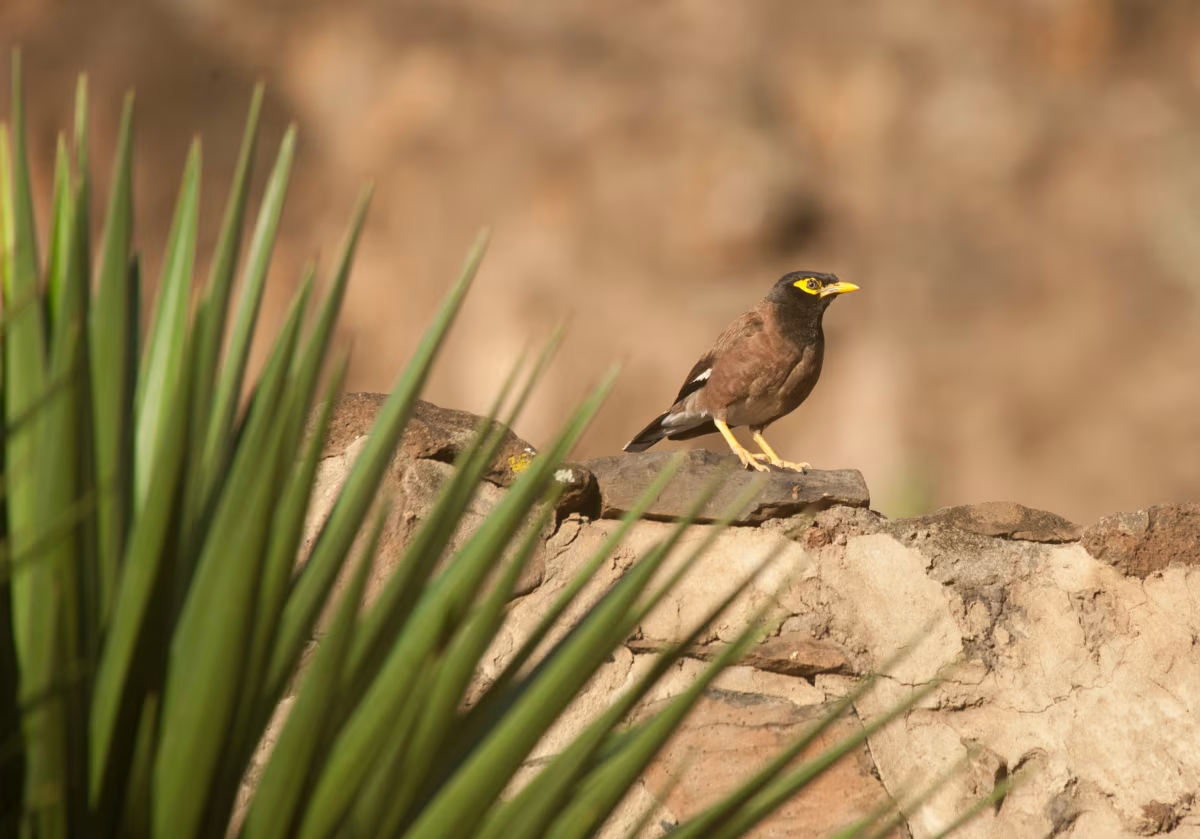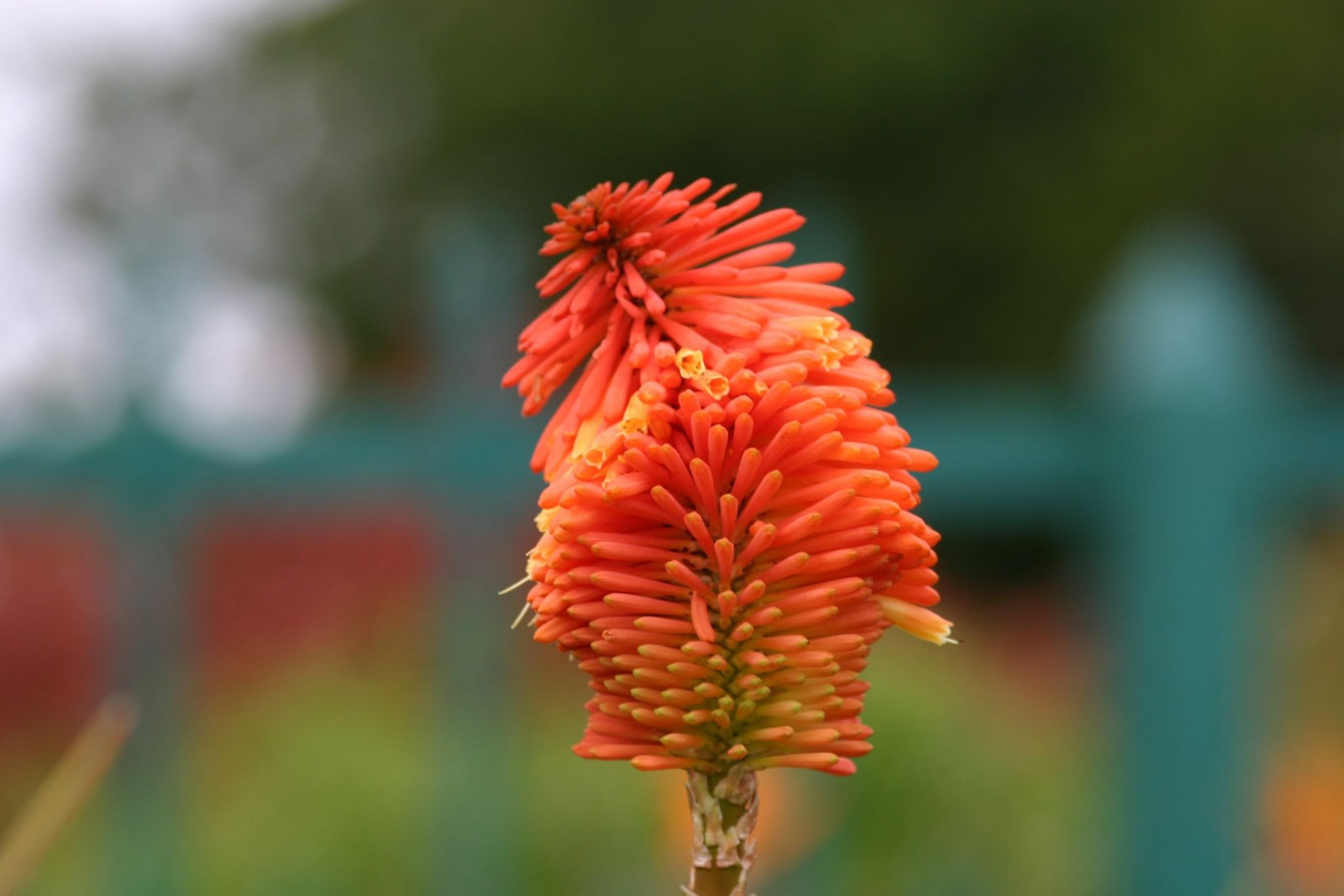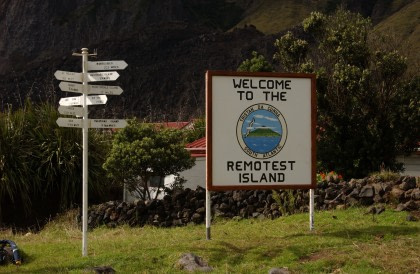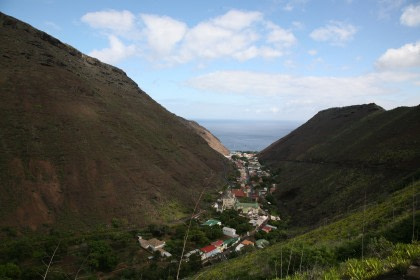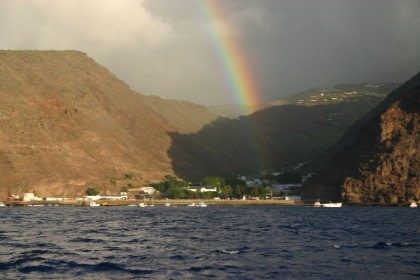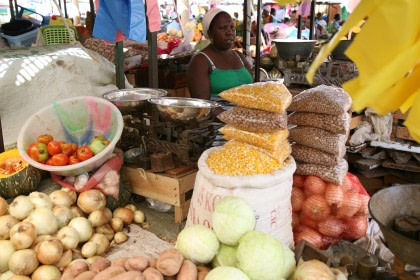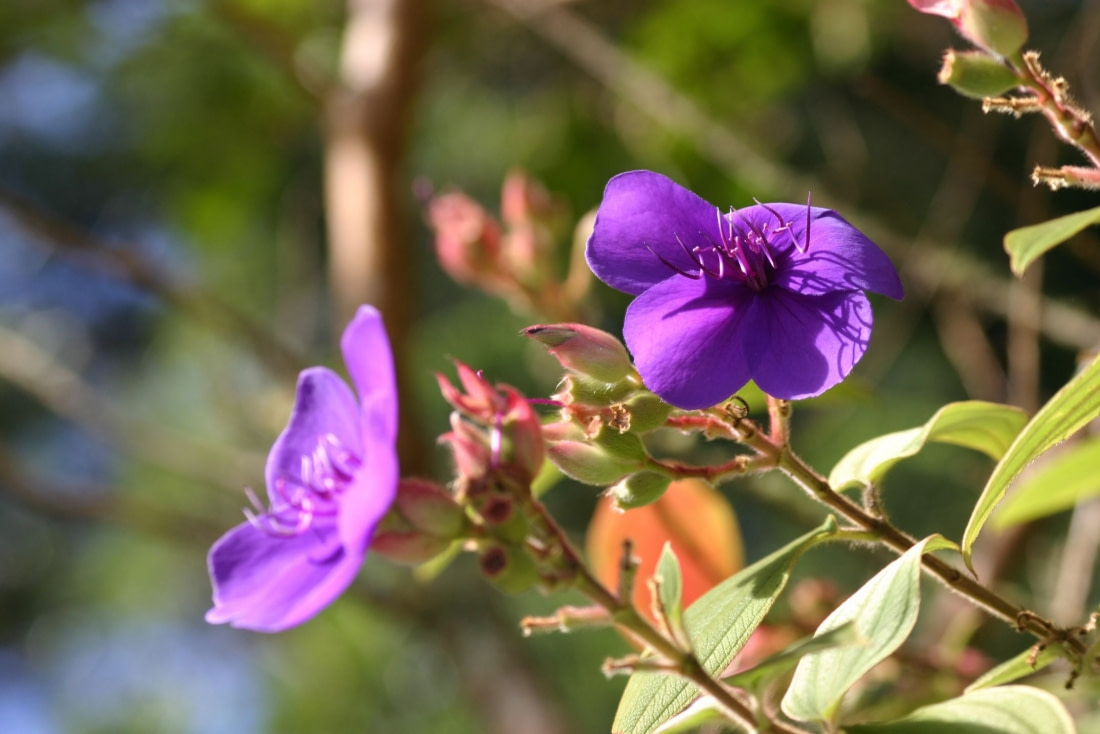St. Helena’s host of endemic plant life
One of the most distinct qualities of St. Helena flora is its degree of endemism. Another is the threat of extinction it faces due to human impact. The introduction of goats by the Portuguese in 1502 began this process, coupled with the introduction of non-native flora and timber cutting. Today you can still see the endemic St. Helena redwood, St. Helena dwarf ebony, and black cabbage tree.
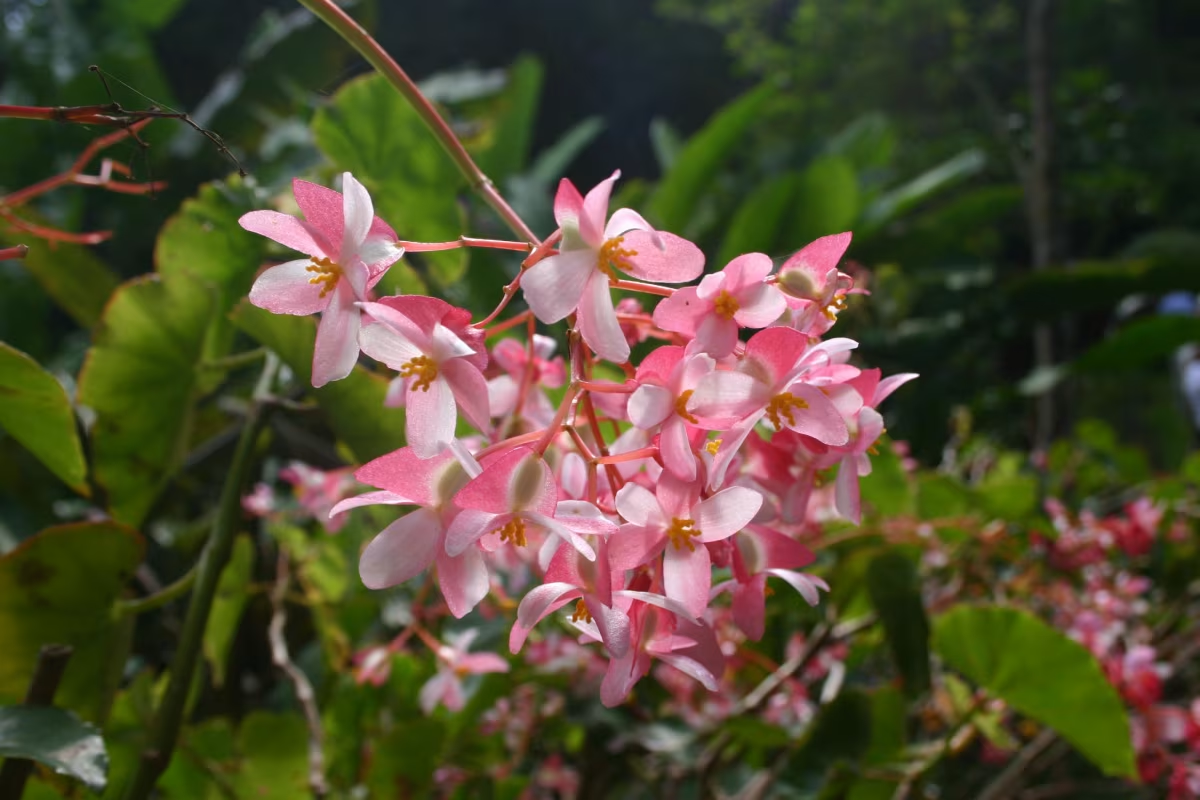
The wide cast of St. Helena wildlife
BirdLife International has designated much of St. Helena as an Important Bird Area due to the abundance of breeding seabirds and land birds there. Noddies, terns, petrels, and tropic birds nest on St. Helena, along with the island’s only surviving endemic bird: the St. Helena plover, also known as the wirebird for its wire-like legs. Though there are no endemic land mammals on St. Helena, seals and whales provide other photographic opportunities in addition to all the bird life.
